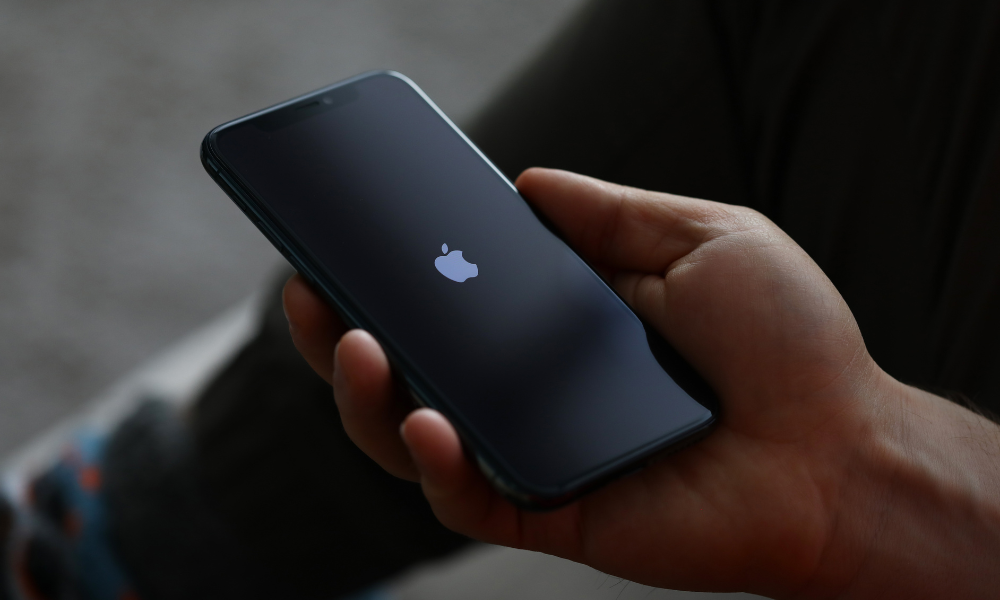Apple posts US$95.4 billion in quarterly revenue as supply chain changes and AI delays raise concerns

Apple projected that tariffs would add about US$900m in costs for the quarter ending in June, according to The Globe and Mail.
Apple CEO Tim Cook told analysts that this estimate assumed current global tariff rates and policies would remain unchanged through the quarter.
Shares of Apple fell 2.8 percent after the company announced its fiscal second-quarter results, despite the company beating analyst expectations.
For the quarter ended March 29, Apple reported sales of US$95.36bn and earnings of US$1.65 per share.
According to LSEG data, analysts had expected US$94.68bn in revenue and US$1.63 per share. iPhone sales reached US$46.84bn, above the US$46.17bn estimate.
Cook stated that Apple experienced “limited impact” from tariffs in the fiscal second quarter by shifting its supply chains and inventory.
Cook added that iPhone inventory levels at the start and end of the quarter remained consistent, and that handset sales benefited from the iPhone 16e—a US$599 mid-market model featuring Apple’s first custom modem chip.
The company is moving US-bound iPhone production to India, a shift Cook described as significant.
“The majority of iPhones sold in the US will have India as their country of origin,” he said.
While most products for non-US markets will continue to be made in China, Vietnam will produce almost all iPads, Macs, Apple Watches, and AirPods for US consumers.
Cook noted, “We have a complex supply chain. There’s always risk in the supply chain,” and said Apple had learned “that having everything in one location had too much risk with it.”
The Trump administration has so far exempted electronics from tariffs, but some levies may be introduced in the coming weeks.
According to Cook, even with exemptions for smartphones, products made in China still face a minimum 20 percent levy.
Apple’s move to diversify manufacturing follows escalating uncertainty. Apple makes 90 percent of its products in China.
Its stock is down about 15 percent this year, losing more than US$600bn in market value. After the earnings call, shares dropped nearly 4 percent in after-hours trading.
As per Emarketer analyst Jacob Bourne, Apple’s shift to India raises “pressing questions about execution timeline, capacity limitations, and potentially unavoidable cost increases that will shrink margins, be passed to consumers, or have a mix of consequences.”
Despite tariff concerns, Apple’s quarterly results showed resilience. Revenue rose 5 percent year-over-year in the January to March period.
Sales in Greater China, including Hong Kong and Taiwan, fell slightly to US$16bn—a 2 percent year-over-year decline, but better than analyst expectations of US$15.9bn, according to Visible Alpha.
Apple faces strong competition from local manufacturers such as Huawei and Xiaomi, and has not yet rolled out AI features announced nearly a year ago.
Reuters previously reported Apple had partnered with Alibaba to provide AI features in China. The company has not confirmed when those features will become available.
In services, Apple generated US$26.65bn in revenue, compared with LSEG estimates of US$26.69bn. Cook told Reuters that Apple now has over 1 billion paid subscriptions.
Revenue in the accessories and wearables segment, which includes AirPods, was US$7.52bn, below the US$7.85bn estimate.
iPads and Macs generated US$6.40bn and US$7.95bn, respectively.
Cook noted entry-level iPads performed the best.
Apple also announced a 4 percent increase in its cash dividend to 26 cents per share and a US$100bn boost to its stock buyback program.
Microsoft’s strong forecast has pushed its market value to US$3.2tn, overtaking Apple.
Wedbush Securities noted that moving iPhone production to the US could raise the retail price to US$3,500.
While Apple announced a US$500bn investment in February, analysts clarified the funding was for server infrastructure and manufacturing training, not iPhone production.



